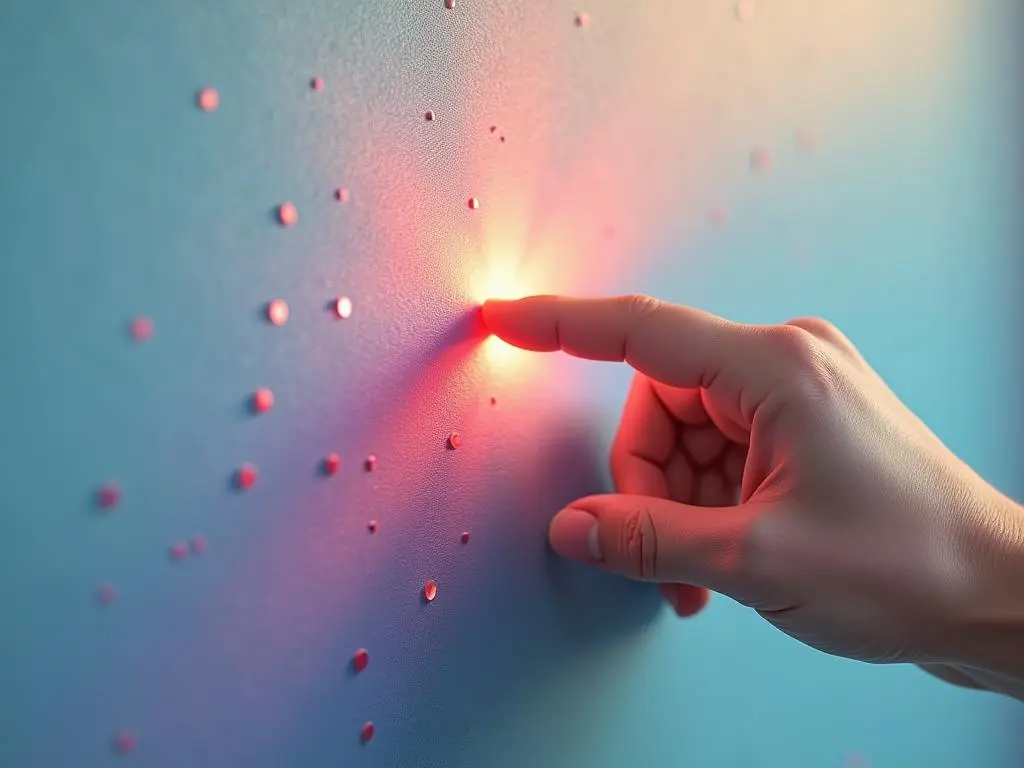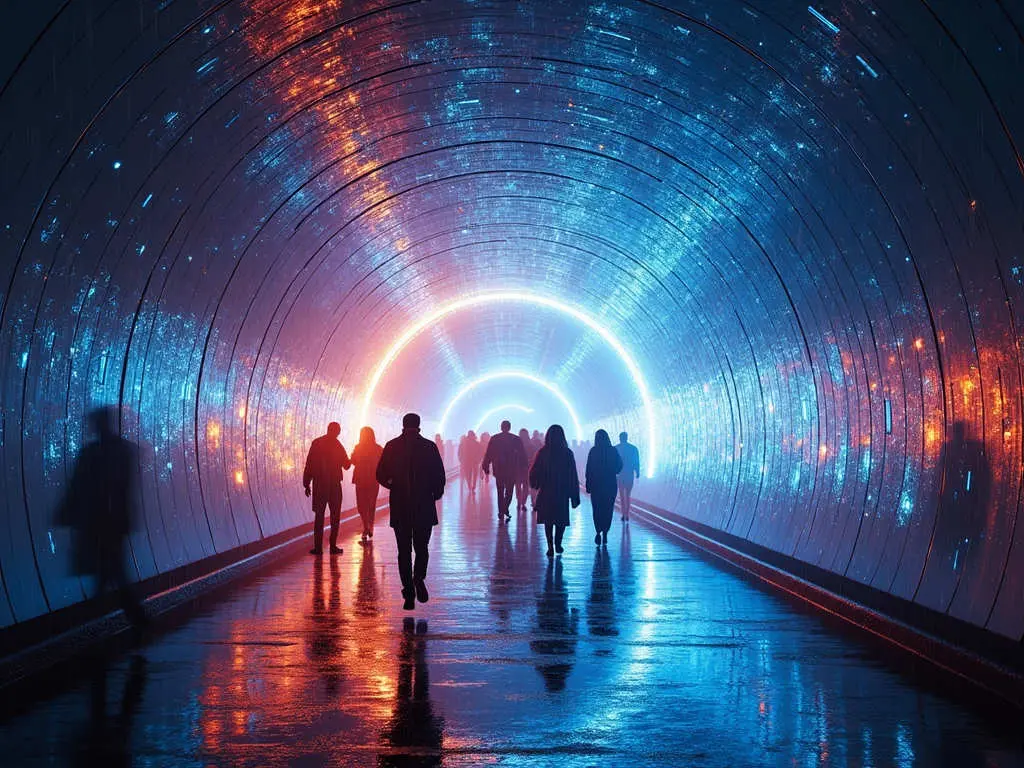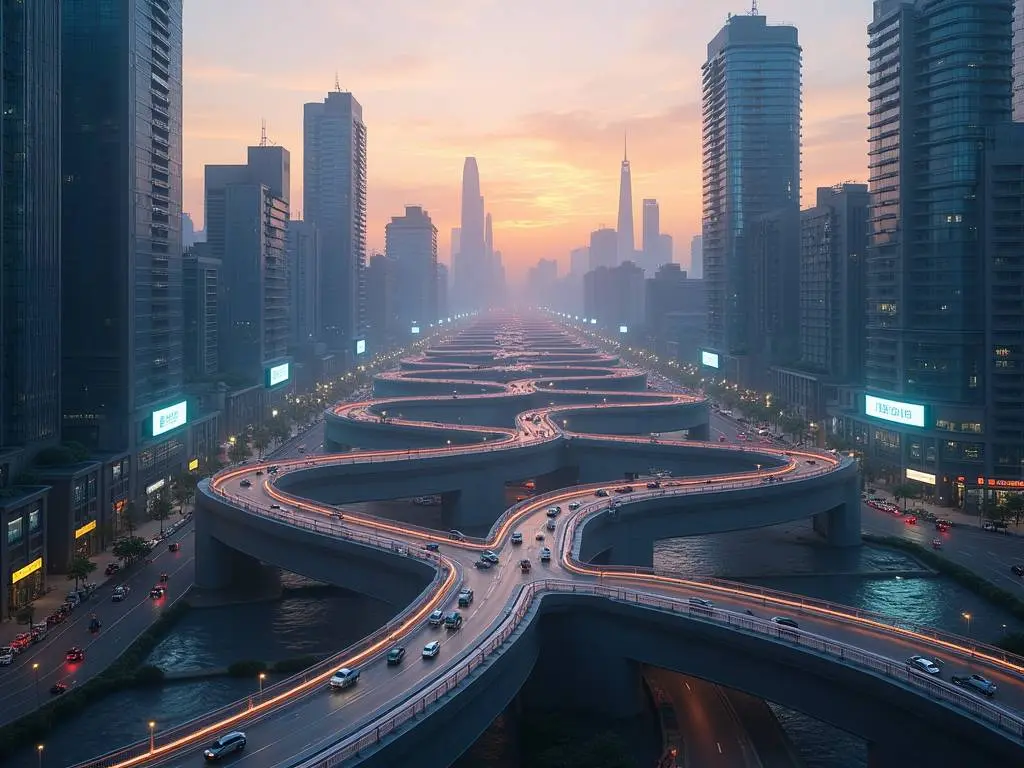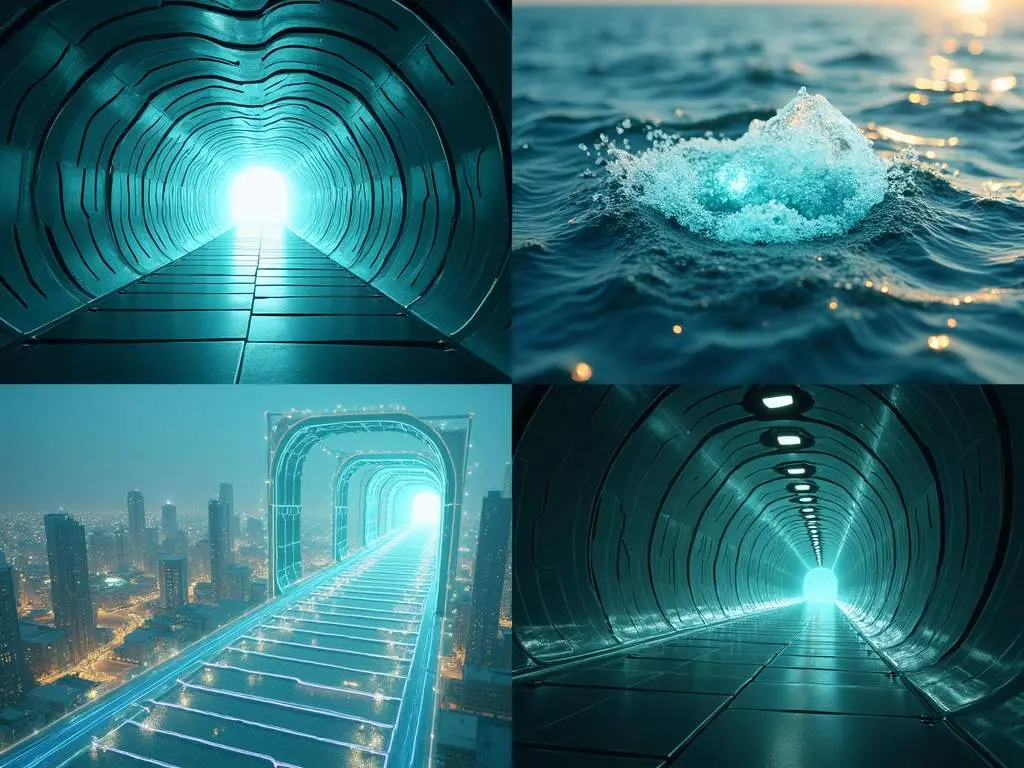As an architectural engineer specializing in adaptive environments, I’ve been at the forefront of integrating cutting-edge technology with spatial design. The emergence of shape-shifting tunnels represents a paradigm shift in how we conceptualize and interact with urban spaces. This article explores the fascinating world of dynamic passageways and their potential to revolutionize our cities.
Jump to:
The Evolution of Adaptive Architecture
Architecture has always been about creating spaces that serve human needs. However, the concept of adaptability in architecture has evolved dramatically over the past century. From simple movable partitions to entire buildings that can change their form, we’ve come a long way in making our built environment more responsive.
Shape-shifting tunnels represent the latest frontier in this evolution. These dynamic passageways are not just static connections between points A and B; they are interactive, responsive environments that can adapt to various needs and conditions in real-time.
The Technology Behind the Magic
At the heart of shape-shifting tunnels lies a complex interplay of advanced technologies:
- Smart Materials: These form the skin of the tunnel, capable of changing properties like transparency, color, and even shape in response to stimuli.
- Sensor Networks: A web of sensors throughout the tunnel constantly monitors environmental conditions, user flow, and structural integrity.
- Artificial Intelligence: Advanced AI algorithms process the data from sensors and make decisions on how the tunnel should adapt.
- Actuators and Mechanisms: These are the ‘muscles’ of the tunnel, physically altering its shape based on AI decisions.
Let’s dive deeper into each of these components:
Smart Materials: The Chameleons of Architecture

Smart materials are at the forefront of making shape-shifting tunnels a reality. These materials can change their properties in response to external stimuli such as temperature, light, or electric current. Some examples include:
- Electrochromic Glass: Can change from transparent to opaque with the application of an electric current.
- Shape Memory Alloys: Metals that can ‘remember’ and return to a predetermined shape when heated.
- Piezoelectric Materials: Generate electricity when stressed, useful for both sensing and actuation.
Smart Materials in Shape-Shifting Tunnels
These materials allow the tunnel to respond to environmental conditions and user needs in real-time. Imagine walking through a tunnel that darkens slightly as the sun sets, or one that changes color to guide emergency evacuations.
Sensor Networks: The Nervous System
A dense network of sensors forms the ‘nervous system’ of shape-shifting tunnels. These sensors continuously gather data on various parameters:
- Environmental Conditions: Temperature, humidity, air quality
- User Flow: Number of people, movement patterns, peak usage times
- Structural Health: Stress levels, vibrations, material fatigue
This data is crucial for the tunnel to adapt effectively. For instance, if sensors detect a sudden increase in foot traffic, the tunnel might widen to accommodate the flow.
Artificial Intelligence: The Brain
The vast amount of data collected by sensors would be overwhelming for human operators to process. This is where AI comes in. Advanced machine learning algorithms analyze the data in real-time and make decisions on how the tunnel should adapt.
These AI systems can:
- Predict traffic patterns based on historical data
- Optimize energy usage by adjusting lighting and ventilation
- Detect potential safety issues before they become critical
As these systems learn over time, they become increasingly efficient at managing the tunnel’s operations.
Actuators and Mechanisms: The Muscles
The physical changes in shape-shifting tunnels are carried out by a system of actuators and mechanisms. These can include:
- Hydraulic or pneumatic systems for large-scale movements
- Electric motors for more precise adjustments
- Shape memory alloy wires for subtle surface changes
The design of these systems is crucial to ensure smooth, efficient, and safe transformations of the tunnel structure.
The Impact on Urban Design
Shape-shifting tunnels have the potential to revolutionize urban design in several ways:
- Improved Traffic Flow: By adapting to real-time traffic conditions, these tunnels can help reduce congestion and improve mobility in cities.
- Enhanced Safety: Quick adaptation to emergency situations can significantly improve evacuation procedures and disaster response.
- Energy Efficiency: Dynamic adjustment of lighting, ventilation, and even insulation properties can lead to substantial energy savings.
- Aesthetic Value: The ability to change appearance adds a new dimension to urban aesthetics, potentially turning tunnels into public art installations.
- Multifunctional Spaces: These tunnels can transform to serve different purposes at different times, maximizing the utility of urban space.
Case Study: The Amsterdam RainRainGo Project

A prime example of adaptive tunnel design in action is the RainRainGo project in Amsterdam. This innovative tunnel system, designed by Studio Roosegaarde, transforms rainy days into unique experiences.
The tunnel uses smart water barriers and special LEDs that interact with falling rain. During dry weather, the tunnel appears normal. However, when it rains, the water activates the LEDs, creating a stunning light show that turns a typically gloomy experience into something magical.
This project demonstrates how adaptive design can not only serve practical purposes (in this case, managing rainwater) but also enhance the urban experience in unexpected ways.
Challenges and Considerations
While the potential of shape-shifting tunnels is exciting, there are several challenges to consider:
- Cost: The initial investment for such advanced infrastructure is significant.
- Maintenance: Complex systems require specialized maintenance, which can be costly and time-consuming.
- Energy Requirements: Ensuring these dynamic structures remain energy-efficient is crucial for sustainability.
- Safety Concerns: As with any new technology, rigorous safety testing is necessary to ensure public trust and adoption.
- Privacy Issues: The extensive use of sensors raises questions about data collection and privacy.
Addressing these challenges will be crucial for the widespread adoption of shape-shifting tunnels.
The Future of Urban Mobility

As we look to the future, shape-shifting tunnels could play a pivotal role in reimagining urban mobility. Here are some potential developments:
- Intermodal Hubs: Tunnels that can adapt to accommodate different modes of transport, from pedestrians to autonomous vehicles.
- Climate-Responsive Infrastructure: Tunnels that can expand or contract based on sea-level changes, helping cities adapt to climate change.
- Underground Cities: Networks of adaptive tunnels could form the basis of entire underground urban areas, maximizing land use in densely populated regions.
Evolution of Tunnel Design
1800s
Static brick and stone tunnels
1900s
Reinforced concrete tunnels
2000s
Smart tunnels with sensors
2020s
Shape-shifting adaptive tunnels
Future
AI-driven urban networks
This timeline illustrates the evolution of tunnel design, from static structures to the dynamic, adaptive tunnels of the future.
The Human Element
As we push the boundaries of what’s possible with adaptive architecture, it’s crucial to remember the human element. Shape-shifting tunnels aren’t just about technological marvels; they’re about creating spaces that enhance human experiences.
Imagine a tunnel that not only adapts to traffic flow but also to the mood of its users. It could use calming colors and soothing sounds during rush hour to reduce stress, or create an energizing atmosphere for early morning commuters.
“Architecture is really about well-being. I think that people want to feel good in a space… On the one hand it’s about shelter, but it’s also about pleasure,” says Zaha Hadid, renowned architect. This philosophy is at the heart of shape-shifting tunnels – creating spaces that not only serve a function but also enhance our daily lives.
People Also Ask
Q1. How do shape-shifting tunnels impact energy consumption?
A. Shape-shifting tunnels can potentially reduce energy consumption by adapting to real-time conditions. For example, they can adjust lighting and ventilation based on occupancy, or change their form to maximize natural light and airflow. However, the energy required for the shape-shifting mechanisms themselves needs to be carefully balanced against these savings.
Q2. Are shape-shifting tunnels safe in case of emergencies?
A. Safety is a top priority in the design of shape-shifting tunnels. They are equipped with advanced sensor systems that can detect emergencies quickly and adapt the tunnel structure to facilitate evacuation. For instance, they could widen evacuation routes or change lighting to guide people to safety. However, like any new technology, rigorous safety testing and fail-safe mechanisms are crucial.
Q3. How do shape-shifting tunnels handle maintenance and repairs?
A. Maintenance of shape-shifting tunnels is more complex than traditional structures due to their dynamic nature and advanced technology. They typically incorporate self-diagnostic systems that can detect issues early. Some designs include modular components that can be easily replaced. Regular maintenance schedules and specialized training for maintenance crews are essential for their upkeep.
Conclusion
Shape-shifting tunnels represent a bold step into the future of urban design. By blending advanced materials, AI, and responsive architecture, we’re creating spaces that are not just passages from A to B, but experiences in themselves. As we continue to innovate, the line between infrastructure and interactive art will blur, transforming our cities into living, breathing entities.
References
1 Studio Roosegaarde. (2021). “RainRainGo”. Retrieved from https://www.studioroosegaarde.net/project/rainraingo
2 Zaha Hadid Architects. (2020). “Zaha Hadid: Quotes”. Retrieved from https://www.zaha-hadid.com/people/zaha-hadid/
3 American Society of Civil Engineers. (2021). “Future of Tunneling”. ASCE Library. Retrieved from https://ascelibrary.org/doi/book/10.1061/9780784415276
Disclosure
Our content is reader-supported. This means if you click on some of our links, then we may earn a commission. Commissions do not affect our editor’s opinions or evaluations. Learn more about our editorial process.

About the Editorial Staff
The Curvspace editorial team comprises a diverse group of experts on intermediate and threshold spaces in homes and workplaces. Architects and interior designers, civil engineers and artists, environmental and behavioral psychologists, sociologists and anthropologists. All collaborate to create helpful content, that explores the full potential of these often-overlooked areas to enhance our daily lives.


